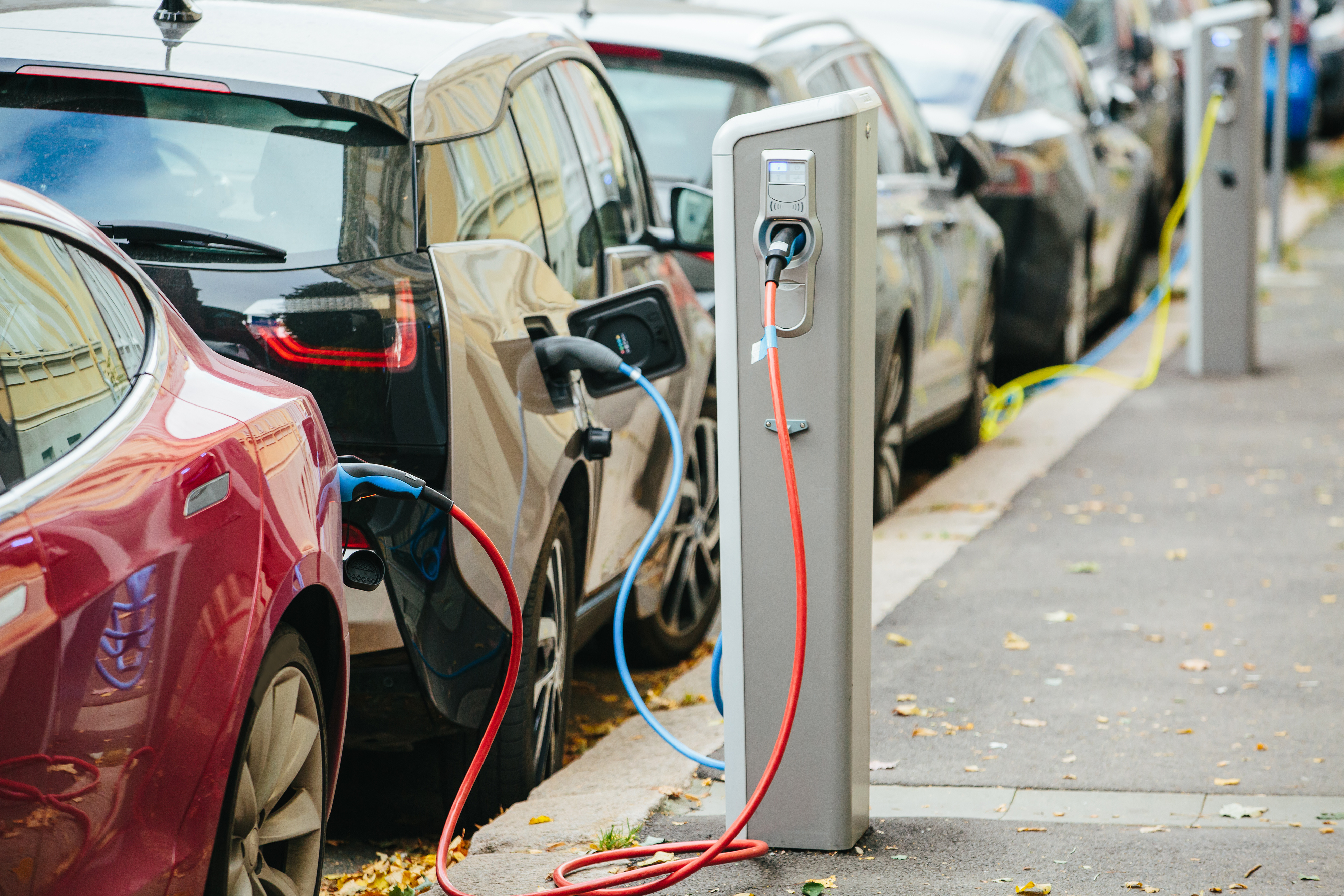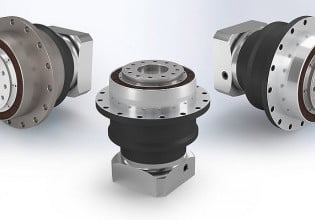Fraunhofer and Industry Partners Work To Address Electric Motor Sustainability
The Fraunhofer Institute and a group of collaborative industrial players are developing sustainable reuse and recycling strategies for electric motors, as well as developing new electric motor designs.
Researchers from the Fraunhofer Institute for Manufacturing Engineering and Automation IPA (Fraunhofer) and industrial collaborators, including the consortium leader Schaeffler, are devising novel methods for the clean-up, reuse, and refurbishment of electric motors once they have reached the end of their life cycle. This collaborative endeavor is part of the REASSERT project, which promotes a vision of a new circular economy that invests in value-preservation measures to retain precious resources while lowering emissions.

As the sale and production of EVs increase, Fraunhofer and industrial partners are looking to reduce the environmental impact of the electric motor. Image used courtesy of Adobe Stock
EV Market Growth
BloombergNEF anticipates that sales of electric vehicles (EVs) will rise by 21% globally to 16.7 million in 2024, with 70% of EVs being fully electric. China is expected to contribute about 10 million electric vehicle sales, accounting for nearly 60% of the global total. However, due to saturation in the market and economic constraints, China's growth is decreasing.
On a global scale, the EV share of vehicle sales is set to reach approximately 20% (pure-electric: 14%), up from the 17% recorded in 2023. In China, the EV share is expected to hit 38% of total sales. Anticipated US EV sales for 2024 are just under 1.9 million, constituting 13% of new-car purchases and approximately 11% of global EV sales. While political factors may influence the US market, their impact on a global scale is relatively limited.

A bar graph depicting the increase in EV sales (including battery electric vehicles and plug-in hybrid vehicles while excluding two-and-three wheelers and commercial vehicles). 2024 shows BloombergNEF’s prediction. Image used courtesy of BloombergNEF
Material Recycling and Reuse
The increasing sales of EVs mean that more batteries and motors need cleaning, dismantling, and reusing at the end of their life. A range of vehicle types with differing battery/motor configurations and sizes means that there is also a varied range of raw materials to extract and recycle.
As an example, in battery electric vehicles (BEVs), batteries serve as the only drive train, providing power to electric motors. A BEV battery can weigh a substantial amount, as much as several hundred kilograms, meaning it is made up of significant amounts of critical raw materials, including elements like cobalt and lithium. Lithium-ion batteries are prevalent in the EV market, and their composition and associated technologies are changing so rapidly that it is difficult to establish stringent governance concerning their recycling and reuse.
New EV technologies and their batteries could be designed in such a way as to allow for dismantling and resource preservation. EV batteries could be labeled to enable recycling companies to disassemble them properly and safely, reducing waste and maximizing resource recovery. The concept of "battery passports" has also been proposed to notify recycling companies of the structure and composition of battery systems and power cells. Perhaps these ideas can be extended to electric motors.
With electric motors, however, a significant challenge lies in effectively dismantling and reusing magnetic materials, especially rotors with permanent magnets, requiring non-destructive dismantling procedures to preserve valuable components. An additional challenge lies in tailoring processes to the selected value retention strategy.

Schaeffler’s selection of electric motors for specific powertrain architectures. Creating such technology comes with the responsibility of recycling materials to reduce material waste and retain economic value. Image used courtesy of Schaeffler
Establishing a Closed-loop System
Cleaning and reusing electric motors pose challenges due to their complex construction. The common practice of raw material recycling involves the damaging removal, shredding, sorting, and melting down of motors, resulting in contaminated material unsuitable for reuse. Fraunhofer’s REASSERT project advocates for high-quality value preservation strategies, such as reuse, repair, remanufacturing, and material recycling, aiming to establish a closed-loop system to reduce dependence on raw material imports and minimize extraction.
The defined strategies prioritize reducing the use of raw materials, reserving them mainly for spare parts. The project encompasses creating a comprehensive process chain covering testing, dismantling, cleaning, diagnostics, refurbishment, reassembly, and end-of-life line testing for electric motors. It also focuses on creating new electric motor designs that can be easily disassembled.
Under the REASSERT project, Fraunhofer researchers are working alongside Schaeffler, iFAKT, the Karlsruhe Institute of Technology, BRIGHT Testing, and Riebesam. Germany’s Federal Ministry for Economic Affairs and Climate Protection is funding the project.






